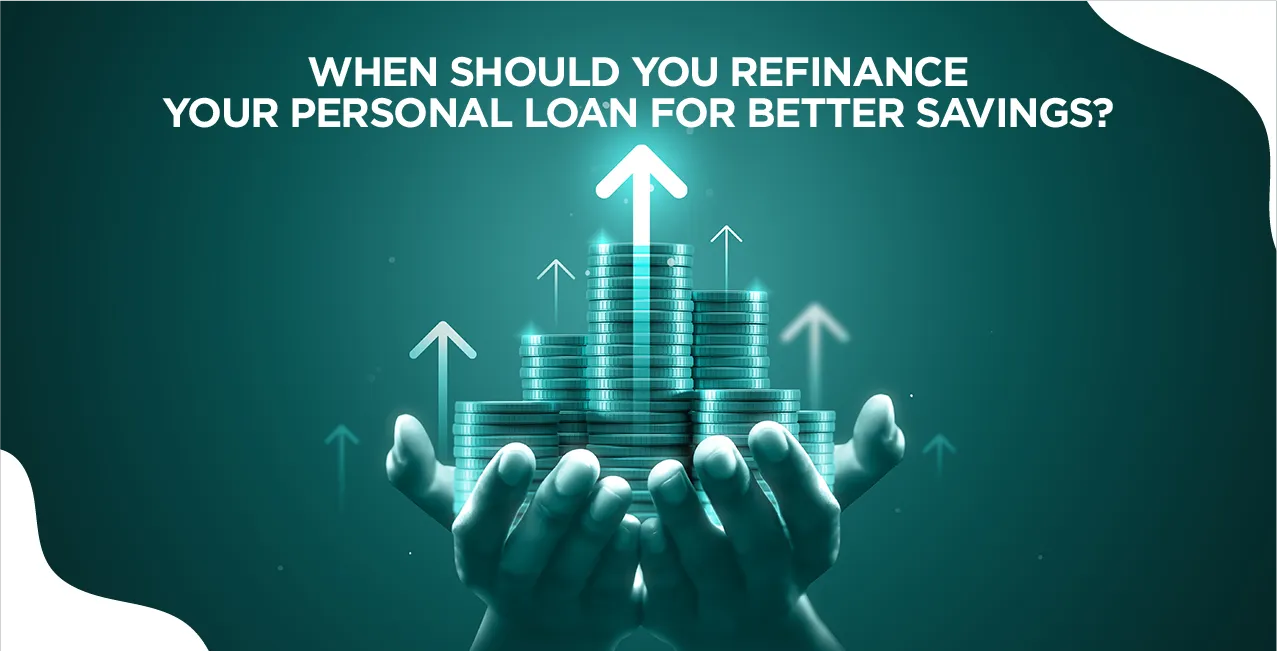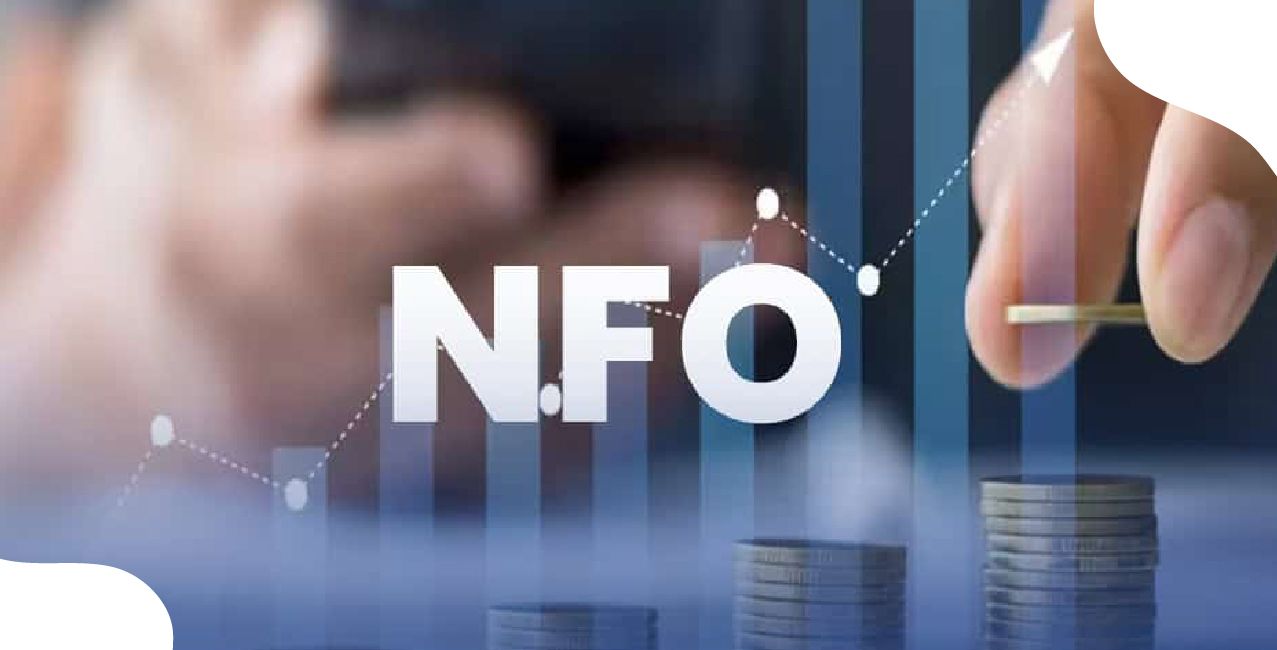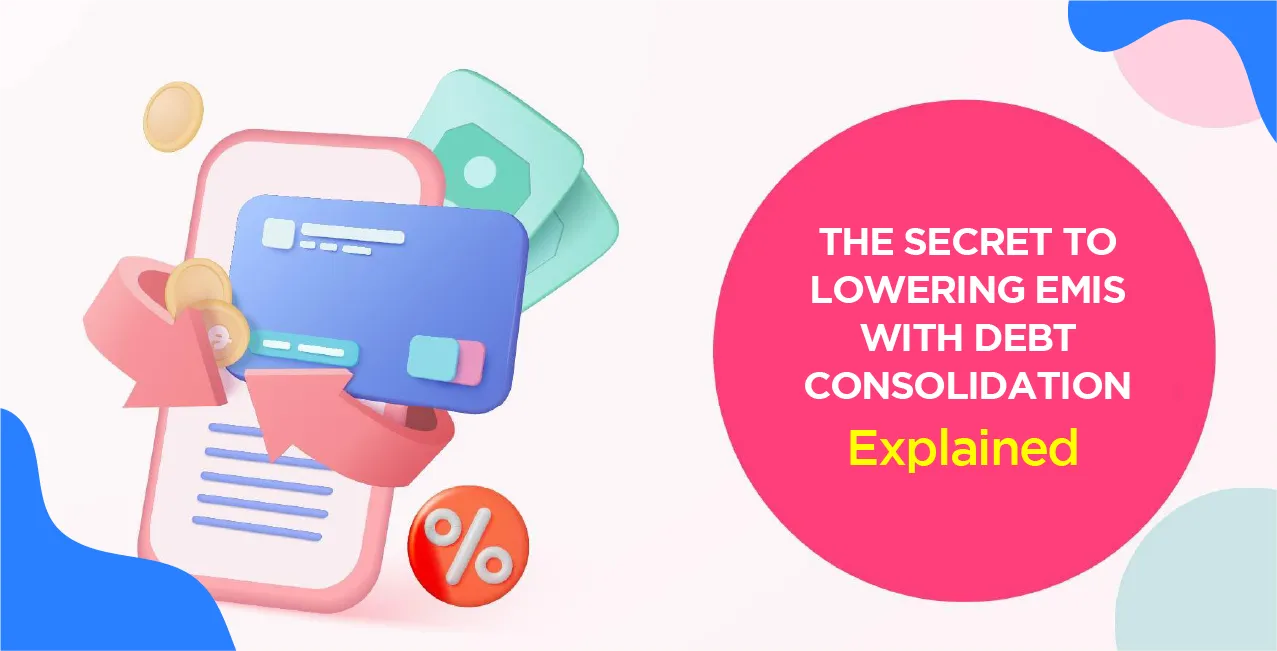
Author
LoansJagat Team
Read Time
9 Minute
28 Feb 2025
When Should You Refinance Your Personal Loan for Better Savings
Have you ever thought about refinancing your loan to save money? Many borrowers don’t realise that refinancing can lower monthly payments, reduce interest costs, and simplify loan management.
For example, if you have a ₹5,00,000 personal loan at 14% interest for five years, your total interest will be around ₹2,09,760. If you refinance at 10%, the total interest drops to about ₹1,37,850, saving ₹71,910.
Personal loans help cover medical bills, education, or home renovations. But as time passes, interest rates change, and your credit score may improve. Refinancing means replacing your current loan with a new one at better terms.
With the RBI’s new rule, lenders must now update credit records every 15 days instead of once a month. This gives borrowers quicker access to improved credit scores, making qualifying for better refinancing options easier.
Making the right move at the right time can boost your financial health. So, when should you refinance? Let’s explore the key factors.
When Refinancing May Be the Right Option
Refinancing can help you save money by lowering interest rates, improving loan terms, and consolidating debt. It's ideal when your financial situation improves.
Low-Interest Rates
One of the primary reasons people refinance personal loans is to secure a lower interest rate. Over time, interest rates fluctuate, and refinancing allows you to take advantage of a more favourable rate.
For example, if you took out a ₹5,00,000 personal loan at a 15% interest rate and managed to refinance it to 10%, you could save ₹1,00,000 in interest over the life of the loan. A simple calculation helps understand the savings:
Loan Type | Loan Amount (₹) | Interest Rate (%) | Annual Interest (₹) |
Current Loan | 5,00,000 | 15% | 75,000 |
New Refinanced Loan | 5,00,000 | 10% | 50,000 |
The difference is ₹25,000 annually. Over a 5-year term, that’s ₹1,00,000 in interest savings. Refinancing to a lower rate can significantly reduce your pay over time.
Since interest rates have fluctuated historically due to economic changes, keeping an eye on the rates can help you decide the best time to refinance.
Improved Credit Score
Your credit score is one of the most important factors determining your loan’s interest rate. Refinancing could be a smart move if your credit score has improved since you initially took out the loan. Lenders typically offer lower rates to borrowers with better credit scores.
Credit Score | Interest Rate (%) | Loan Amount (₹) | Annual Interest (₹) |
Initial Credit Score: 650 | 15% | 5,00,000 | 75,000 |
Improved Credit Score: 750 | 10% | 5,00,000 | 50,000 |
For instance, imagine you took out a loan when your credit score was 650, and now it’s increased to 750 due to better management of your debts.
Refinancing would likely result in a better rate, helping you save money. A higher credit score indicates to lenders that you are less risky and more likely to repay the loan on time.
In this scenario, refinancing can lead to a reduction in your monthly payments and overall loan costs. You could move from a loan with a high interest rate to one with better terms, saving both money and stress in the long term.
Desire for a Lower Monthly Payment
If you’re finding it difficult to manage your monthly loan payments, refinancing can help. Refinancing can lower your monthly payment either by securing a lower interest rate or extending the loan term.
Let’s take the example of a ₹5,00,000 loan with a 15% interest rate over five years. Your monthly payment might be around ₹40,000. Refinancing at a lower interest rate of 10% could lower the monthly payment to ₹30,000, giving you more breathing room in your budget.
Here’s the breakdown:
- Original Loan Payment (₹5,00,000 at 15% interest): ₹40,000 monthly.
- Refinanced Loan Payment (₹5,00,000 at 10% interest): ₹30,000 per month.
In this case, refinancing helps you reduce the strain on your monthly budget, leaving room for savings or other financial priorities.
Consolidating Multiple Loans
If you have multiple loans or credit card debts, refinancing can help simplify your payments by consolidating them into a single loan. This strategy not only makes managing your finances easier, but it can also save you money on interest.
Let’s say you have three loans with interest rates of 20%, 18%, and 22%, and the total outstanding amount is ₹1,00,000. Refinancing those loans into one loan with a lower interest rate of 12% can save you significant interest payments.
For example:
Loan Details | Outstanding Amount (₹) | Interest Rate (%) | Annual Interest (₹) |
Loan 1 | 1,00,000 | 20% | 20,000 |
Loan 2 | 1,00,000 | 18% | 18,000 |
Loan 3 | 1,00,000 | 22% | 22,000 |
Total (with average interest ~20%) | 1,00,000 | 20% (average) | 20,000 |
New Consolidated Loan | 1,00,000 | 12% | 12,000 |
By consolidating multiple loans into one with a lower rate, you could save ₹8,000 annually. This also simplifies payments by reducing the number of loan accounts you need to manage.
Availability of Better Loan Products
Refinancing becomes the right option when better loan products are available. For instance, a loan product may offer benefits such as lower interest rates, flexible terms, or no prepayment penalties, which can help you save money in the long term.
Let’s say a new loan product offers 10% interest, no processing fees, and no penalties for early repayment. If you’ve been paying a higher interest rate or dealing with penalties, this new product could make refinancing a wise choice.
Read More – How To Refinance Your Business Loan For Maximum Tax Benefits?
Example:
- Old loan terms: ₹5,00,000 loan at 15% interest with ₹10,000 in processing fees and ₹5,000 prepayment penalty.
- New loan terms: ₹5,00,000 loan at 10% interest with no fees or penalties.
Refinancing to a loan product with better terms, such as a lower interest rate or better conditions, can ultimately lead to long-term savings and improved financial health.
When Refinancing May Not Be the Right Option
Refinancing might not be the best choice if you face early repayment penalties, have a low credit score, or don’t have enough savings for fees.
1. Early Loan Repayment Penalties
While refinancing can help you save on interest rates, it's important to remember that many loans come with early repayment penalties or fees for refinancing. These charges are meant to compensate lenders for the interest they lose when you pay off the loan early.
For example, if you have a ₹5,00,000 loan and decide to refinance it but face a ₹10,000 prepayment fee, this can eat into the savings you might gain from refinancing. Suppose refinancing saves you ₹15,000 over the life of the loan.
In that case, paying a ₹10,000 prepayment penalty reduces your savings, making refinancing less worthwhile.
Before proceeding with refinancing, calculate whether the savings you expect to gain from a lower interest rate will be more than the costs of prepayment penalties. If the costs outweigh the benefits, refinancing may not be a wise choice.
2. Short Time Left on the Current Loan
Refinancing might not provide enough savings to justify the process if you’re near the end of your loan term. Refinancing works best when you have several years left on your loan and can benefit from a reduced interest rate over a long period.
You have two years remaining on a five-year loan of ₹5,00,000 at 15% interest. Refinancing may not reduce the overall cost much, especially since the remaining interest payments would be lower than if you were in the middle of the loan.
Extending the term for the sake of a lower rate might not save enough to cover refinancing costs like processing fees or new administrative charges.
In such cases, it may be better to stick with your current loan rather than refinance and pay additional costs.
3. Low Credit Score
- Refinancing with a low credit score can result in higher interest rates.
- A score below 650 can make lenders hesitant to offer better terms.
- If your credit score is 580, refinancing may not be beneficial.
- Higher rates could result in paying more interest over time, even if the loan term is extended.
- Focus on improving your credit score before refinancing for better savings.
4. Unstable Job or Income
Refinancing may not be the best option if your job or income is unstable. Lenders want assurance that you can repay the loan reliably, and they often assess your job stability and income before approving refinancing applications.
For example, if you’ve recently switched jobs or experienced a temporary salary reduction, you may not qualify for better loan terms. If approved, you might be offered higher rates due to perceived risk.
It’s better to hold off on refinancing during periods of financial instability until your financial situation stabilizes. A steady income and stable employment history will increase your chances of securing a more favourable refinancing deal.
5. Insufficient Savings or Equity
Refinancing may not be a viable option if you don’t have enough savings or equity to cover the new loan application or fees. Refinancing often comes with upfront costs that can add financial strain if you're not prepared.
Also Read - Smart Tax-Saving Strategies for Salaried Individuals
Here’s an example of how the costs can add up:
Fee Type | Cost in ₹ | Explanation |
Processing Fees | ₹5,000 | A fee is charged for processing the loan application. |
Application Charges | ₹2,000 | Fees for submitting and reviewing your application. |
Insurance Premiums | ₹3,000 | Some lenders require insurance as part of the loan terms. |
Prepayment Penalty | ₹10,000 | A fee is charged for repaying the loan earlier than agreed in the original terms. |
Total Upfront Costs | ₹20,000 | The total amount you need to cover upfront for refinancing. |
In this example, you would need ₹20,000 savings or equity to cover the fees before refinancing. If you don't have enough funds saved, refinancing might add a financial burden rather than save you money.
6. The Risk of Extending Loan Terms
Refinancing may extend your loan term, lowering your monthly payments but increasing the total amount you pay over time. Extending your loan term means you’ll pay less each month but more in interest over the long run.
For example, if you have a ₹5,00,000 loan with 2 years left at 15% interest, refinancing to extend the term to 5 years with 10% interest might reduce your monthly payment from ₹45,000 to ₹40,000. However, by extending the loan term, you end up paying ₹5,00,000 for a more extended period, and the total interest will increase.
While this approach can ease your financial burden in the short term, it may cost you more in the long run. Always consider whether extending your loan term is genuinely beneficial before refinancing.
Conclusion
Refinancing can be a great tool to reduce loan interest, consolidate debt, and improve your monthly cash flow, but it’s not always the right option. Consider your current financial situation, including your credit score, job stability, loan terms, and ability to cover fees before refinancing.
Refinancing is not a one-size-fits-all solution. Take the time to understand your financial situation, compare loan options, and consult with financial experts to make the best financial decision.
FAQs
1. How much can I save by refinancing my personal loan?
Savings depend on interest rates, loan terms, and loan amounts but can range from ₹20,000 to ₹1,00,000.
2. Is refinancing a personal loan worth it?
Yes, if it reduces interest rates, simplifies payments, or consolidates debt with better terms.
3. Can I refinance my personal loan with a bad credit score?
Refinancing with a low credit score may result in higher interest rates, making it less beneficial.
4. How do I know if refinancing is the right choice for me?
Assess your current interest rate, loan term, financial situation, and potential savings before refinancing.
About the Author

LoansJagat Team
‘Simplify Finance for Everyone.’ This is the common goal of our team, as we try to explain any topic with relatable examples. From personal to business finance, managing EMIs to becoming debt-free, we do extensive research on each and every parameter, so you don’t have to. Scroll up and have a look at what 15+ years of experience in the BFSI sector looks like.

Quick Apply Loan
Subscribe Now
Related Blog Post


